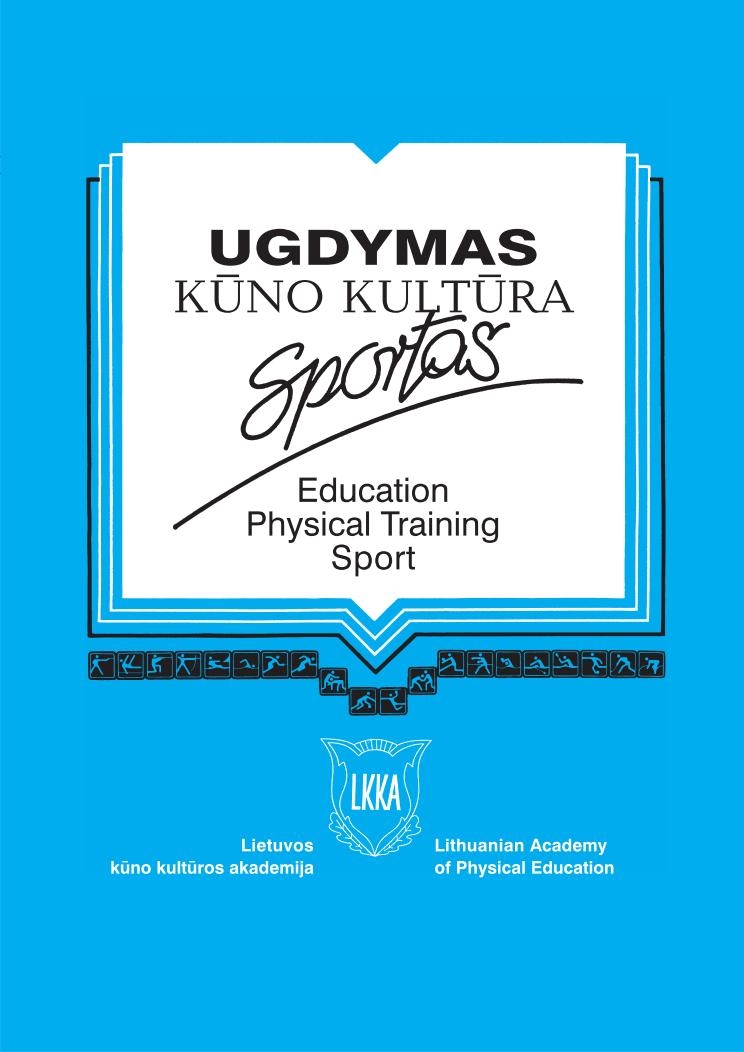Aerobic and Anaerobic Efficiency of Young Football Players in Half-Year Training Period Estimated by Laboratory Methods
Abstract
The main of activities of football players during the game are involved in the group of speed-strength efforts and speed and short-time endurance efforts. The efforts first of all are based on anaerobic metabolism (95—98%) which causes oxygen deficit, depending on the length of the activity. The aim of the research was to determinate the value, structure and dynamics of efficiency of aerobic and anaerobic efforts of young football players in a half-year training cycle. The research involved 9 competitors aged 16 years, and 18 competitors aged 17 years. The 1st examination was held at the beginning, 2nd — after 3 months and the 3rd one at the end of a 6-month training cycle. During the research we measured the changes in the cardiorespiratory system during the test of gradually increasing ergometric intensity and during the Wingate test, with the loads of 10—60 s. The lactate concentration in the blood was also measured. The analysis of the research carried out in the group of 16—17 year-old football players showed the differentiated range of changes of the parameters characterizing the aerobic efficiency level. The aerobic work typical of the first training period does not stimulate the development of aerobic efficiency parameters of 16—17 year old football players. The intensification of sport loads (league games) in the field of aerobic efficiency level after 6—8 weeks of stabilization leads to essential (statistically significant) reduction of the parameters of VO2max, and VAT as well as to the increase of %VO2max with simultaneous reduction of work intensity registered at the AT threshold. The tendency of increasing of oxygen consumption level was noticed during the special preparation period when the essential part of training was directed to the development of football players’ special endurance. Anaerobic alactic capacity increase (p < 0.001, p < 0.01) was observed during the special and pre-start preparation periods. The start period was not favorable for the changes of all the parameters of the efficiency of football players. The growth of parameters of maximal power and total work during short-time efforts was not observed. The parameters undergoing to periodical changes during the 6 month training cycle include: total work during Wingate test and the sum of total work activity during three 60 second efforts with a 60 second pause. The changes of lactic acid concentration in blood after 30—60 second efforts of maximal intensity in these estimations were substantiated.
Keywords: aerobic efficiency, anaerobic efficiency, training, football
Downloads
Published
Issue
Section
License
Copyright (c) 2018 Baltic Journal of Sport and Health Sciences

This work is licensed under a Creative Commons Attribution 4.0 International License.






